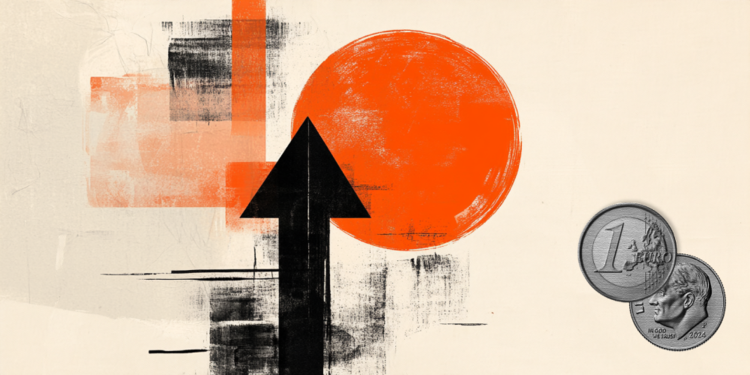- EUR/USD drifts higher to around 1.1415 in Monday’s early European session, adding 0.48% on the day.
- Trump delayed 50% tariffs on the EU to July 9, supporting the Euro.
- ECB’s Stournaras expected a rate cut in June and then a pause.
The EUR/USD pair gathers strength to near 1.1415 during the early European session on Monday. The Euro (EUR) edges higher against the Greenback as US President Donald Trump extends the deadline for 50% EU tariffs until July 9. Later on Monday, traders will focus on the speeches from the European Central Bank (ECB) President Christine Lagarde and German Bundesbank President Joachim Nagel.
Trump said on Sunday that he agreed to an extension on the 50% tariff deadline on the European Union (EU) until July 9 after a phone call with Commission President Ursula von der Leyen. This, in turn, could underpin the shared currency in the near term. Earlier in April, Trump imposed 20% tariffs on the EU as part of his sweeping “reciprocal tariffs,” before lowering the rate down to 10% for 90 days.
Across the pond, ECB Governing Council member Yannis Stournaras said that the central bank may hold borrowing costs steady for the time being after a likely quarter-point cut next month. Stournaras added that the ECB will continue to monitor a meeting-by-meeting and data-driven approach.
Nonetheless, US trade tariffs and related uncertainty could exert some selling pressure on the EUR. The markets have priced in nearly a 90% possibility of an ECB rate cut on June 5, but have priced in only one additional reduction over the rest of the year, according to Reuters.
Euro FAQs
The Euro is the currency for the 19 European Union countries that belong to the Eurozone. It is the second most heavily traded currency in the world behind the US Dollar. In 2022, it accounted for 31% of all foreign exchange transactions, with an average daily turnover of over $2.2 trillion a day.
EUR/USD is the most heavily traded currency pair in the world, accounting for an estimated 30% off all transactions, followed by EUR/JPY (4%), EUR/GBP (3%) and EUR/AUD (2%).
The European Central Bank (ECB) in Frankfurt, Germany, is the reserve bank for the Eurozone. The ECB sets interest rates and manages monetary policy.
The ECB’s primary mandate is to maintain price stability, which means either controlling inflation or stimulating growth. Its primary tool is the raising or lowering of interest rates. Relatively high interest rates – or the expectation of higher rates – will usually benefit the Euro and vice versa.
The ECB Governing Council makes monetary policy decisions at meetings held eight times a year. Decisions are made by heads of the Eurozone national banks and six permanent members, including the President of the ECB, Christine Lagarde.
Eurozone inflation data, measured by the Harmonized Index of Consumer Prices (HICP), is an important econometric for the Euro. If inflation rises more than expected, especially if above the ECB’s 2% target, it obliges the ECB to raise interest rates to bring it back under control.
Relatively high interest rates compared to its counterparts will usually benefit the Euro, as it makes the region more attractive as a place for global investors to park their money.
Data releases gauge the health of the economy and can impact on the Euro. Indicators such as GDP, Manufacturing and Services PMIs, employment, and consumer sentiment surveys can all influence the direction of the single currency.
A strong economy is good for the Euro. Not only does it attract more foreign investment but it may encourage the ECB to put up interest rates, which will directly strengthen the Euro. Otherwise, if economic data is weak, the Euro is likely to fall.
Economic data for the four largest economies in the euro area (Germany, France, Italy and Spain) are especially significant, as they account for 75% of the Eurozone’s economy.
Another significant data release for the Euro is the Trade Balance. This indicator measures the difference between what a country earns from its exports and what it spends on imports over a given period.
If a country produces highly sought after exports then its currency will gain in value purely from the extra demand created from foreign buyers seeking to purchase these goods. Therefore, a positive net Trade Balance strengthens a currency and vice versa for a negative balance.

